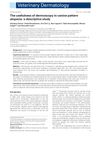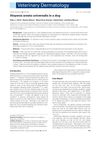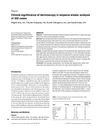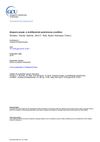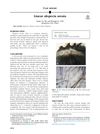Alopecia Areata in a Dog: Clinical, Dermoscopic, and Histological Features
September 2017
in “
Skin appendage disorders
”
Alopecia Areata dermoscopic examination histological examination follicular atrophy keratosis lymphocytic infiltrate T-cell-mediated autoimmune CD3-positive T lymphocytes oral cyclosporine treatment hair regrowth miniaturization of hair follicles autoantibodies acquired pattern alopecia AA T-cells cyclosporine
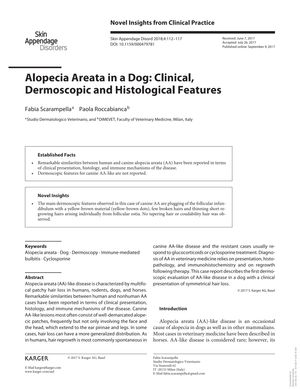
TLDR The dog with an Alopecia Areata-like condition showed signs of an autoimmune disease and partially regrew hair without treatment, suggesting dogs could be models for human AA research.
The document reported on an 11-year-old female Dachshund dog with an Alopecia Areata (AA)-like condition, showing clinical signs similar to AA in humans. Dermoscopic examination revealed yellow-brown material in the follicles, broken hairs, and thin regrowing hairs, while histological examination showed follicular atrophy, keratosis, and a mild lymphocytic infiltrate, indicating a T-cell-mediated autoimmune origin. Immunohistochemistry confirmed CD3-positive T lymphocytes. Despite not responding to a 45-day oral cyclosporine treatment, the dog showed partial hair regrowth after discontinuation. The case also noted miniaturization of hair follicles and the presence of autoantibodies, suggesting a combination of AA and acquired pattern alopecia. The findings highlight the potential of using dogs as a model for studying AA due to the similarities with the human form of the disease.
